When in Rome, do as the Romans do!
When in Rome, do as the Romans do, goes the ancient proverb. It is the best advice any traveler ever got. Go local and do everything locals do in order to live the country you are visiting!
Markets of Croatia
In Croatia, every day is market day. Despite the existence of large supermarkets and huge shopping centers, Croatians are still most likely to use their lunch break to pop to the market and buy fresh ingredients for dinner. Thus, practically every neighborhood in Zagreb has its own market. Going to Dolac, the biggest market in the very centre of Croatia's capital, is a mandatory part of the Saturday morning ritual of all Zagreb denizens. Markets are much more than fruit and veggies, of course. Splitski pazar offers ready made food and much more. Within the markets there are also excellent fishmonger's in all coastal towns, those in Split and Rovinj being the most famous. The legendary Britanac (a local nickname for the Britanski Square)in Zagreb hosts an exquisite antique fair on Sundays.
Lavender
An aromatic plant that grows in numerous Dalmatian islands can be used in a myriad of ways. For baths, just like the ones ancient Romans enjoyed, but also as an ingredient of lovely, if a bit unusual cakes. Croatians love to put dried lavender in closets to drive away moths. They also have a habit of putting it in pillows to ensure a good night's sleep.
Brandies of Croatia
The most popular spirit in Croatia has its own story in every Croatian region and on every island. So, on the island of Hvar you will drink mrtina, a brandy made from myrtle while on Korčula and in Dubrovnik, they will offer you anisette, an anise brandy. In Dalmatia it is customary to offer travarica, a herb-flavored grape brandy, and dried figs to all guests entering the house as a sign of welcome. If you were wondering what all those mason jars filled with liquid and walnuts were doing sitting in the sun on balconies up and down the coast, the answer lies in the Dalmatian walnut brandy. In Istria they will offer biska, a mistletoe and herb brandy, as well as medica, a brandy made from honey. Some Croatian regions will use autumn fruits to make their brandies. The most famous one among these, known even outside Croatia, is the Slavonian šljivovica made from plums.But dunjovača, quince brandy from Lika and the blueberry brandy from Gorski kotar called brinjevac are just as popular in Croatia. Of course, one cannot leave without trying brandies made from apples and pears.
The Licitar Heart
A richly decorated, red heart-shaped cookie with a small mirror in the middle is one of the most popular original Croatiantraditional souvenirs. This national symbol was entered into UNESCO's Intangible Cultural Heritage of Europe List. Young men used to give one to girls as an expression of love and interest.
Trades & Crafts of Dalmatia
In ancient times in Dalmatia, hunters and blacksmiths were the most honored among craftsmen as hunted meat and grown vegetables were the only food sources. Today, the prosperity of contemporary life and tourism has shifted the focus to other crafts. The stonemasons of Brač are especially famous for their craft in working the breathtakingly beautiful white marble which can be seen decorating some of the most important buildings in the world, from the Diocletian's palace in Split, the parliaments of Vienna and Budapest to the American White House. Olive oil soaps with local herbs of Brač are a favorite among all who have tried them.
Klapa singing
Even today, despite the immense professionalization of singing, the traditional a cappella signing by men and women in groups called klapas is a normal sight along the entire Croatian coast as well as on the islands. In taverns during winter, out in the open, on the streets and in the squares in summer, traditional klapa singing is a way of celebrating life as well as enjoying it.
Kravata (Tie)
The tie as part of regular men's attire may have spread all over Europe from the world fashion centre, France, but Croatian hussars were the ones who brought it there in mid 17th century while serving king Luis XIII. At the time, the cravat was part of their uniform and the name the necktie bears today in French, Croatian and some other languages, comes from the French word used to describe – Croats! What connection there is, if any, between the French colloquial expression for arresting someone, expressed by the verb cravater, which usually means to put on a tie, and the Croatian soldiers taking part in the Thirty Years' War, we can only guess.
Naive Art
You cannot teach true art, but it is nonetheless something every human is capable of creating. This was proven by the Naive Artmovement that emerged all over Europe at the beginning of the 20th century. In Croatia, it reached peak popularity in the thirties with the Hlebine Naive Art School, when the painter Krsto Hegedušić started doing oils on glass with peasants. This is how Ivan Generalić and Franjo Mraz became two famous self-taught painters.
Pletna Boat Slovenija
The Slovenian pletna is a wooden flat-bottomed boat with a pointed bow, a wide stern and a colorful awning after which it is named. It is propelled by a standing oarsman using two oars. Sailing in this traditional manner is an excellent way to visit the Bled Lake, one of the most popular sites in Slovenia.
Cake & Gelato Shops
Cakes in Croatia are not just a simple dessert. On Sundays, in the evenings or when celebrating something, it is customary to go to a cake shop. In every town, no matter how small, you will find at least one legendary cake shop, a few legendary cakes and amazingly tasty ice-cream.
Have a Go in the Kitchen
To get to know the cuisine of any country it is best to simply try your hand at making its food yourself. The traditional way to make a soparnik – from the cleaning of chard to the early morning building of the fire, from the skill needed to manage tiny embers that go directly onto the dough to knowing how to pick the exact right moment to pierce the dough and how to clean ashes when it is done – is an excellent way to immerse yourself in local living. In Eastern Croatia, you can join a grape harvest,on the islands you canenjoy olive picking, while in the north you can try your hand at the delicate task of pulling dough instead of rolling it to make štrukli.
See also

Adventure to Remember
The diversity of Croatia has always delighted visitors and the same can be said of its tourist offers. Still, some of her jewels remain hidden even today, quite undeservedly so. Scattered all over the country, they are worth every minute and every effort spent in discovering them.
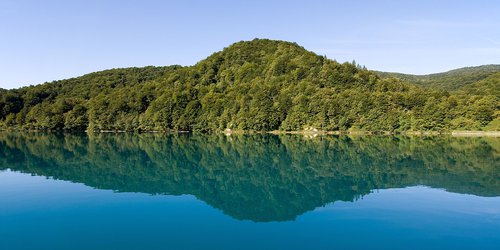
Green and Blue
One thing rarely crosses our minds when picking a vacation destination and yet we do think of it quite often while decorating our homes – the importance and influence of colors. Blue does not do for the living room or study, calming though it is, since it induces depression and exudes cold. On the other hand, green is the current queen of interior design: it relaxes the body, diminishes stress and improves vision. However important our living environment may be, the best way to get exposed to colors is in nature. Because nothing calms the soul like a body in movement surrounded by the beautiful shades nature creates

Islands and Half-islands
Every coast is charming in its own way, but once you experience the beautiful blue Adriatic, you will never want to leave! Small islands, interesting peninsulas, uninhabited isles and heart shaped islets, hidden coves and even more hidden vineyards in stunning bays will thrill you almost as much as the fantastic people who have chosen to build their lives in this at times cruel but always breathtaking beauty, far away from the mainland.
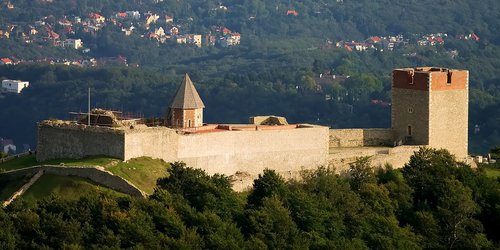
Knights and Legends
Croatia is most often referred to as the country with a thousand islands, but in this small country for a big vacation, there are over a thousand castles, palaces and forts as well. Some are home to museums, some to hotels, and in some people still live, be they in private hands or just happen to have towns grown around them.
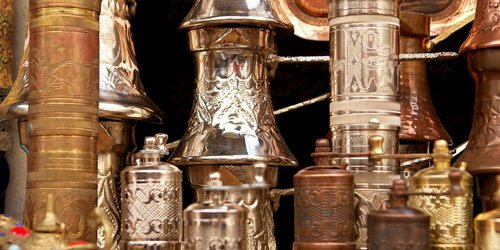
Neighboring Countries
Croatia is a small country extremely rich in history. Since the seventh century, when Croats are supposed to have arrived to this territory, countless armies have marched through it, antique empires built their strongholds in it, but we stubbornly kept claiming what we considered ours. The cultural diversity of all these centuries has become an integral part of our identity.

Old Paths
Wherever you might find yourself in Croatia, you are likely to stumble upon fragments of history: Zagorje and Slavonija are full of burgs, forts, castles, but also prehistoric archaeological sites, while Dalmatia and Istria are brimming with traces of antiquity, Byzantium, medieval times and the Renaissance carved into stone. Tribes, nations and rulers have succeeded each other with a higher frequency than anywhere else, as can be seen in the recent turbulent history of the region.
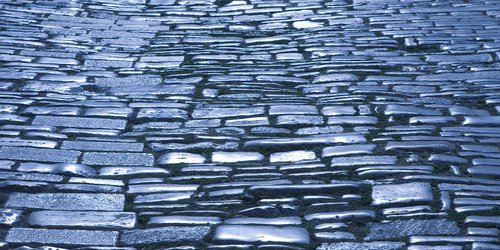
Small Towns
The "small country for a big vacation" is filled with picturesque and unusual little towns in which big things happen! Each one has its own story and personality that makes it worth taking the time to both find it and find out all about it.
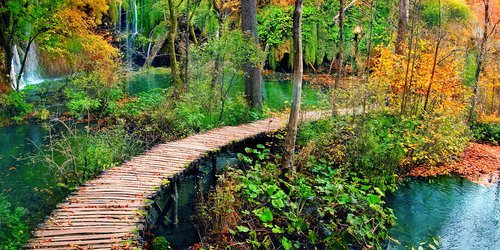
UNESCO Heritage
Every country has its charms, but some places are truly special; whether they are the result of natural processes, remains of ancient civilizations, or cities with ancient histories that still overflow with life. The United Nations Educational, Scientific and Cultural Organization, better known as UNESCO, has formed a World Heritage List of sites that serves to protect these magnificent localities, whether they belong to natural or cultural heritage, or sometimes both. In Croatia, seven sites have been inscribed on the List in the last 36 years, while 15 more have been nominated.